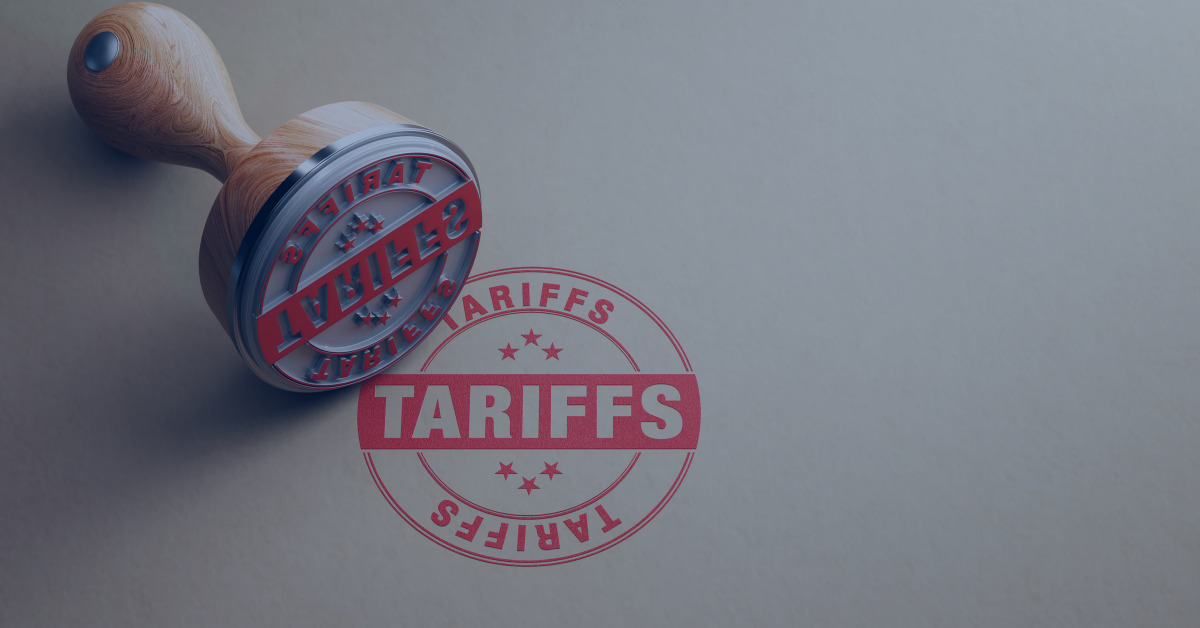By Rick Schreiber, Advisory Practice Leader
Executive Summary
As economic instability becomes the norm—driven by shifting policies, global disruptions, and recession concerns—small and mid-size businesses must prioritize financial resilience. This article outlines practical strategies to help companies navigate uncertainty, protect profitability, and position themselves for long-term success. From proactive budgeting and cash flow management to customer retention and expert financial guidance, these approaches offer a clear roadmap to thrive in turbulent times.
Key Highlights
- Adaptability is essential: Businesses must continually reassess budgets, cash flow, and operations to respond to changing conditions.
- Diversification reduces risk: Spreading revenue sources and investments strengthens stability.
- Strong relationships matter: Loyal customers and trusted advisors are key assets during periods of volatility.
Breaking it Down: How to Thrive Amid Uncertainty
Reevaluate and Adapt Your Budget
When the economy shifts, your budget should shift with it. Review it regularly to focus spending on essentials and growth drivers. Cut back where possible without compromising quality and reallocate funds to areas that enhance efficiency or open new revenue opportunities.
Manage Cash Flow with Precision
Cash flow is the most accurate snapshot of your financial health. Maintain visibility into your inflows and outflows and use forecasting tools to anticipate changes. Look for ways to balance or diversify revenue streams, reducing dependency on a single client or market.
Build a Financial Cushion
A well-maintained emergency fund can be the difference between resilience and regression. Regularly contribute a portion of profits to a reserve fund that can sustain operations through lean periods or unexpected disruptions.
Improve Operational Efficiency
Lean operations lead to stronger margins. Audit internal processes, identify inefficiencies, and explore automation where possible. Even modest gains in productivity can translate into meaningful savings and improved agility.
Diversify for Stability
Whether it’s exploring new customer segments or investing in different markets, diversification is your buffer against downturns. It spreads risk and opens doors to alternative paths for growth.
Deepen Customer Relationships
Customers who feel valued are more likely to stick with you, even during economic uncertainty. Focus on personalization, service quality, and communication. Build loyalty programs or referral incentives to strengthen retention and brand advocacy.
Stay Informed and Stay Flexible
Monitor market trends, policy shifts, and consumer behaviors. Use this knowledge to adjust your pricing, shift focus, or reconfigure your business model. Businesses that adapt quickly are better positioned to seize opportunities and avoid pitfalls.
Partner with Financial Experts
Don’t do it alone. Firms like ATA can provide tailored strategies in areas such as budgeting, tax planning, and financial forecasting. Expert guidance helps you make decisions with confidence and clarity.
Conclusion: Turn Uncertainty into Opportunity
While economic challenges are inevitable, they also create space for innovation, efficiency, and strategic growth. By focusing on adaptability, financial discipline, and meaningful relationships, your business can not only withstand disruption—but emerge stronger because of it.
Looking for guidance on navigating financial resilience? Schedule a 30 minute complimentary consultation with me by filling out our contact form.









